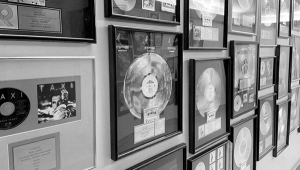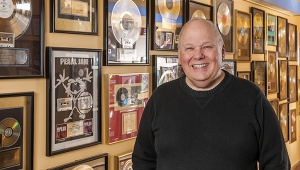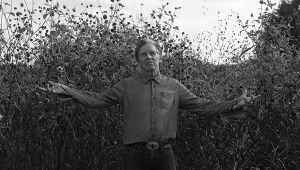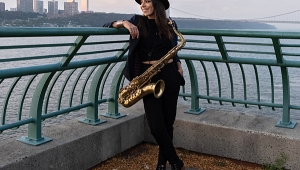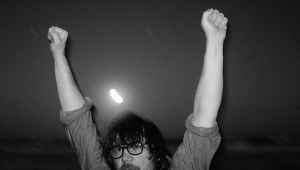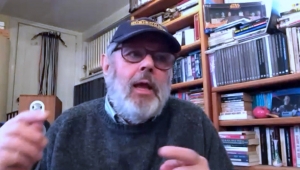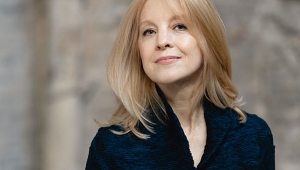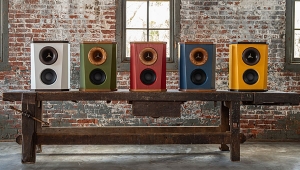| Columns Retired Columns & Blogs |
Are there any new disc players available today that can provide HDCD decoding?
The Ayre QX-5 Twenty processor that I reviewed in September 2017 will decode HDCD recordings. Scroll down the page at www.stereophile.com/content/ayre-acoustics-qx-5-twenty-da-processor-page-2 and you can see a photo of the Ayre's display when it detects an HDCD datastream.
As I wrote in my review, talking about Joni Mitchell's Shadows and Light HDCD, "the sonic benefits of HDCD may have been oversold 25 years ago, even in this magazine, but this was even better sound - more resolved, more palpable - than I remembered ever hearing from this set."
John Atkinson
Editor, Stereophile
PS: my apologies but I seemed to have inadvertently deleted Ortofan's original post, where he was drawing a parallel between HDCD and MQA.






